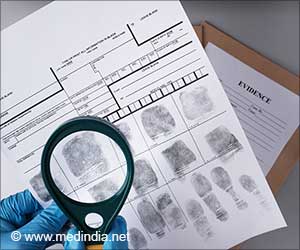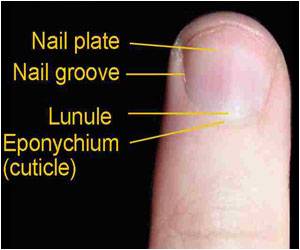![Quiz on Forensic Identification]()
Introduction
Forensic identification is the use of scientific technology to identify a person from imprints or trace elements left behind in both civil and criminal investigations (in a crime scene or an accident).
Physical traits such as
fingerprints, skin, hair, saliva, bone, nails, blood, semen, lip-print, ear print, teeth, or bite marks aid in tracking gender, age, DNA, race other biometrics, allowing to identify the person.
Forensic identification plays a pivotal role in identifying deceased, missing or unknown persons especially in a crime scene, disasters, hospital led mix-up, legal/financial disputes and among others (
1✔ ✔Trusted Source
The Essentials of Forensic Medicine and Toxicology
Go to source).
Take this quiz to learn some new things about
forensic identification and its importance. The quiz contains 10 questions with the explanation of answer. The topics covered are:
 MEDINDIA
MEDINDIA

 Email
Email












